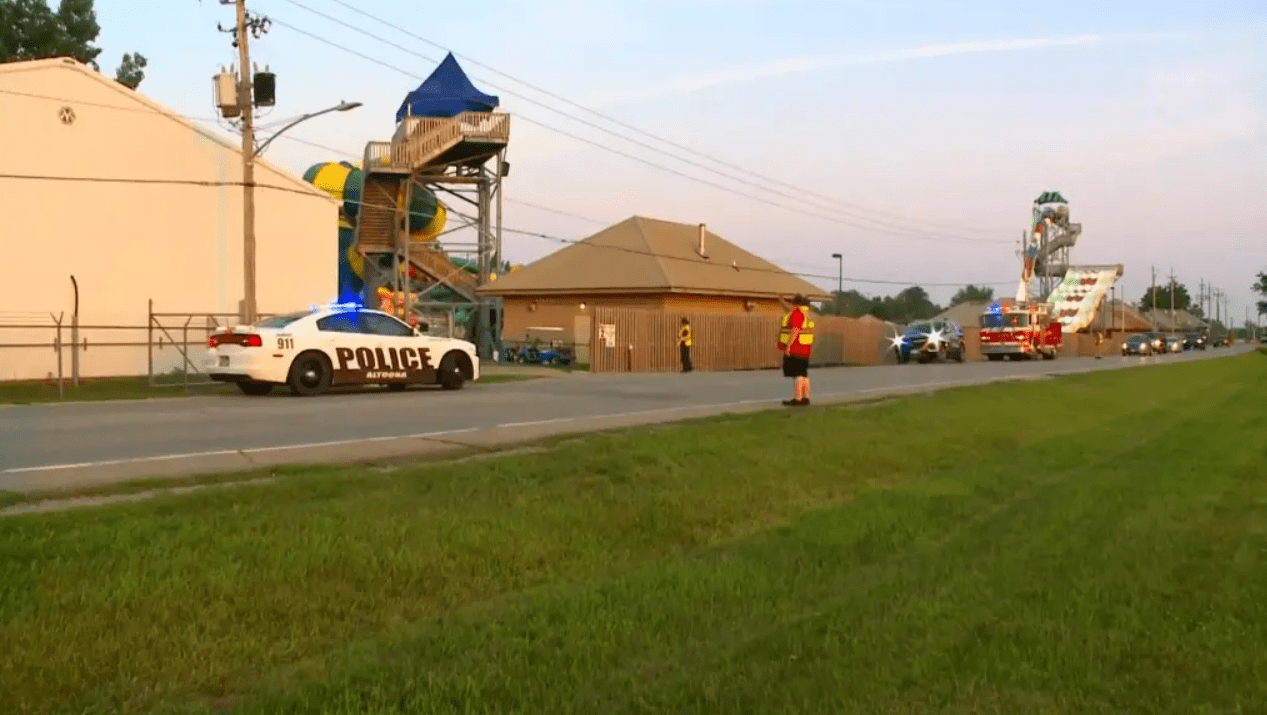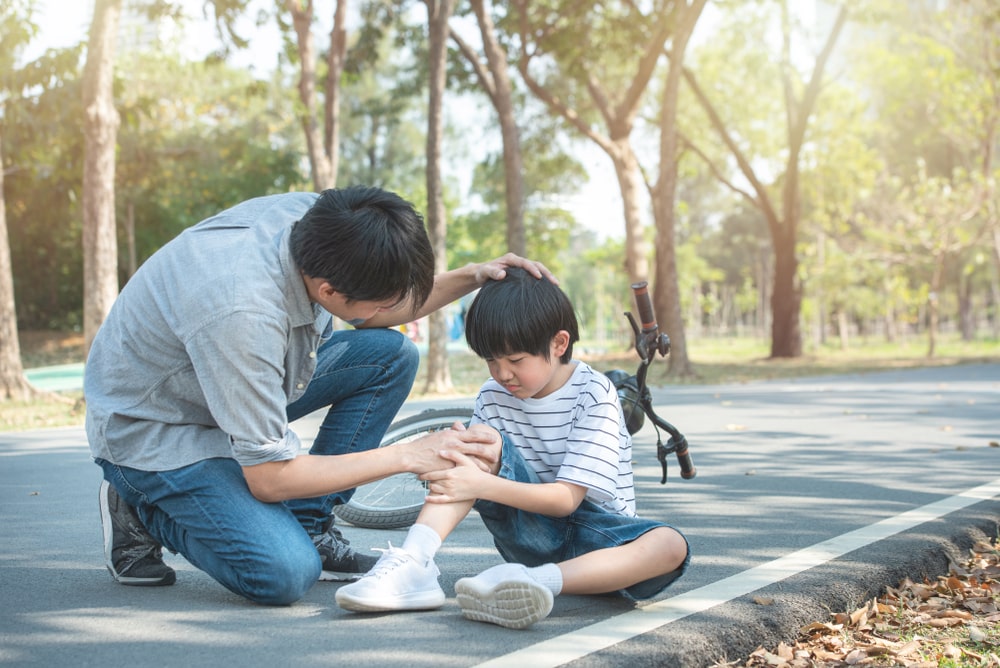Preventing Personal Injury Accidents at Parks: Safety Tips
Whether you've been injured in an accident, are dealing with a personal injury claim, or facing another legal issue, Mendez & Sanchez APC is here to fight for you. Contact us today for a free, no-obligation consultation.
Call Us Now
Parks are wonderful places where people can enjoy the outdoors, engage in recreational activities, and spend quality time with friends and family. However, amidst the fun and relaxation, personal injury accidents can occur, leading to physical harm and emotional distress. In this article, we will explore the common types and causes of personal injury accidents at parks, discuss the importance of safety measures, outline steps to take after an accident, and touch upon legal considerations and seeking compensation. So, let's delve into this important topic and learn how we can ensure a safer park experience for everyone.
Common Types of Personal Injury Accidents at Parks
Slip and Fall Accidents
Slip and fall accidents are one of the most common types of personal injury accidents at parks. These accidents can happen due to wet or uneven surfaces, debris, inadequate lighting, or even slippery playground equipment. Whether it's a slippery path, a wet restroom floor, or a poorly maintained walking area, a simple fall can result in fractures, sprains, or head injuries.
Playground Accidents
Playgrounds are meant to be a source of joy and entertainment for children. However, due to the negligence of park owners or inadequate supervision, playground accidents can occur. Broken or poorly maintained equipment, lack of safety surfacing, or overcrowding can lead to serious injuries such as fractures, concussions, or even strangulation.
Sports and Recreational Accidents
Parks often provide facilities for various sports and recreational activities such as soccer, basketball, cycling, or skateboarding. While these activities are enjoyable, accidents can happen. Collisions, falls, or improper use of equipment can result in sprains, broken bones, or head injuries.
Causes of Personal Injury Accidents at Parks
Negligence of Park Owners and Operators
One of the primary causes of personal injury accidents at parks is the negligence of park owners and operators. Failure to maintain safe premises, conduct regular inspections, or address potential hazards promptly can put park visitors at risk. Negligence can range from inadequate lighting to lack of repairs or improper maintenance of playground equipment.
Inadequate Maintenance and Inspections
Inadequate maintenance and inspections play a significant role in personal injury accidents at parks. When park facilities, pathways, or equipment are not properly maintained, it increases the likelihood of accidents. Regular inspections, repairs, and addressing potential hazards in a timely manner are crucial to ensure the safety of park visitors.
Faulty Equipment and Structures
Another factor contributing to personal injury accidents at parks is faulty equipment and structures. Poorly designed or manufactured equipment, insufficient safety features, or outdated structures can pose serious risks. Swings without proper restraints, unstable climbing structures, or faulty handrails can lead to accidents and injuries.

The Importance of Safety Measures
To prevent personal injury accidents at parks, it is vital to implement appropriate safety measures. Here are some key considerations:
Regular Inspections and Maintenance
Frequent inspections and maintenance of park facilities, equipment, and structures are essential to identify and rectify potential hazards. Inspections should cover playgrounds, walking paths, lighting, signage, and other amenities to ensure they are safe and well-maintained.
Proper Signage and Warnings
Clear and informative signage throughout the park can help visitors understand potential risks and adhere to safety guidelines. Warnings about wet surfaces, height restrictions, or equipment usage can minimize accidents. Signage should be visible, concise, and easily understandable.
Safety Education and Awareness
Promoting safety education and awareness among park visitors can significantly reduce personal injury accidents. Public campaigns, brochures, or information boards can provide valuable tips on safe park usage, child supervision, and reporting safety concerns.
Steps to Take After a Personal Injury Accident at a Park
If you or someone you know is involved in a personal injury accident at a park, it is crucial to take appropriate steps:
Seek Medical Attention
The well-being and health of the injured person should be the priority. Seeking immediate medical attention ensures that injuries are assessed, treated, and documented by healthcare professionals.
Document the Accident
Documenting the accident is vital for future reference. Take photos or videos of the accident scene, injuries, and any hazardous conditions that contributed to the incident. Note down the date, time, and details of the accident as accurately as possible.
Gather Witness Information
If there were witnesses to the accident, collect their contact information. Their statements may be valuable for any potential legal proceedings or insurance claims.
Report the Incident to Authorities
Reporting the incident to park authorities or relevant personnel is crucial. They can investigate the accident, take appropriate actions, and ensure that similar incidents are prevented in the future.
Legal Considerations and Seeking Compensation
In cases where personal injury accidents at parks occur due to negligence, legal recourse may be necessary. Here are some key aspects to consider:
Premises Liability Laws
Premises liability laws hold property owners responsible for maintaining a safe environment for visitors. If the park owner or operator failed to fulfill their duty of care, injured individuals may be eligible for compensation.
Consultation with Personal Injury Attorney
Seeking advice from a personal injury attorney with experience in premises liability cases can help understand legal rights and options. An attorney can guide you through the legal process, evaluate the strength of your case, and advocate for fair compensation.
Filing a Lawsuit
If negotiations for a settlement fail, filing a lawsuit may be necessary to pursue compensation for medical expenses, pain and suffering, lost wages, or other damages resulting from the personal injury accident at the park.
Preventing Personal Injury Accidents at Parks
Prevention is key to ensuring the safety of park visitors. Here are some important considerations:
Personal Responsibility and Awareness
Visitors should take personal responsibility for their safety and be aware of their surroundings. Following posted guidelines, using equipment correctly, and avoiding reckless behavior can significantly reduce the risk of accidents.
Supervision of Children
Parents and guardians must closely supervise children in parks. Keeping an eye on their activities, ensuring age-appropriate equipment usage, and educating them about potential risks can help prevent accidents.

Reporting Safety Concerns
Park visitors should actively report any safety concerns or hazardous conditions they observe to park authorities. By promptly addressing such issues, park management can take the necessary steps to rectify hazards and maintain a safe environment.
Conclusion
While parks offer a multitude of benefits, personal injury accidents can happen if safety measures are not prioritized. By understanding the common types and causes of personal injury accidents at parks, being aware of safety guidelines, and taking appropriate actions after an accident, we can work towards minimizing risks and ensuring a safer park experience for everyone. Remember, personal injury cases involving parks can have legal implications, so consulting with a qualified attorney is advisable to protect your rights and seek fair compensation if necessary.



